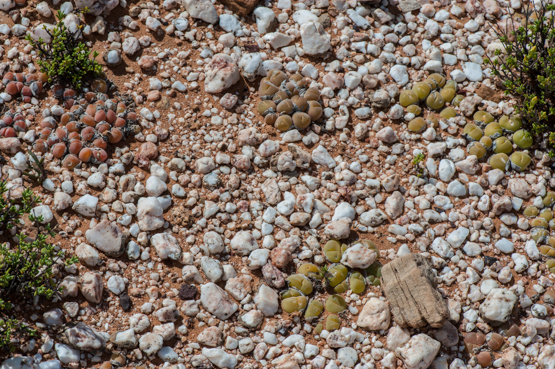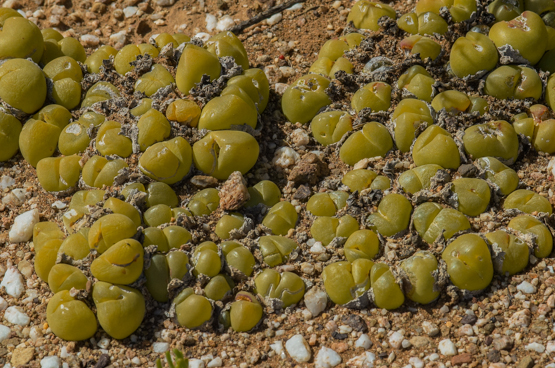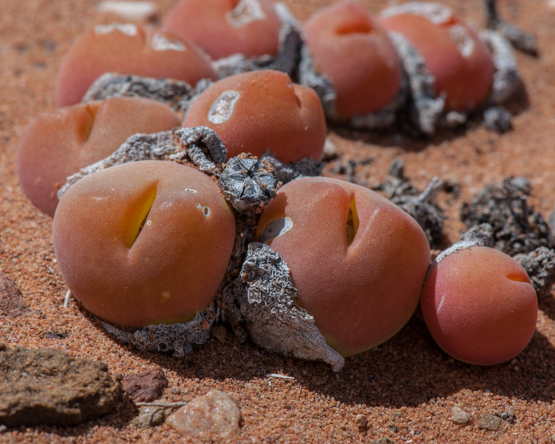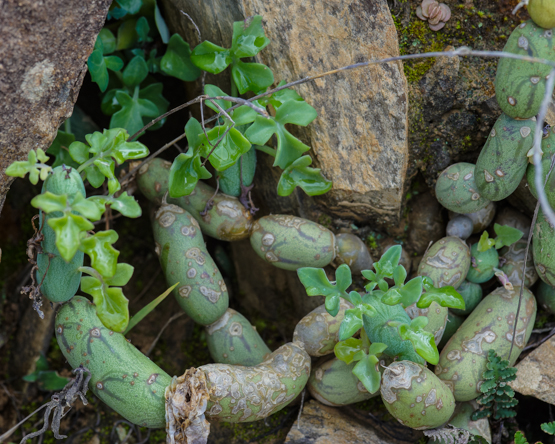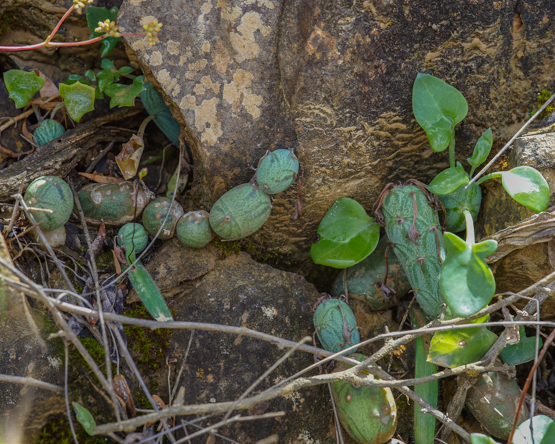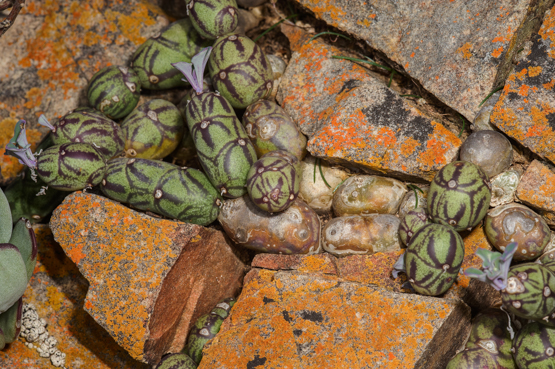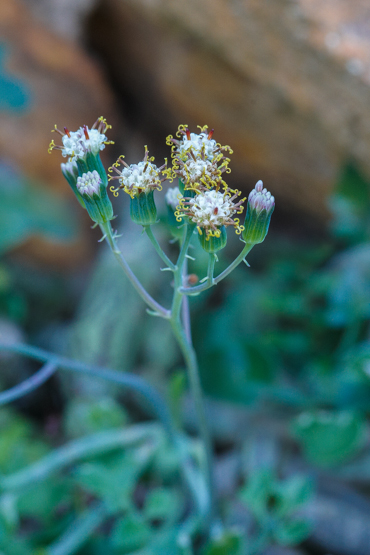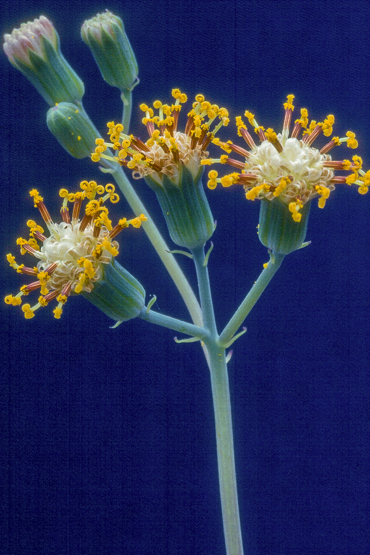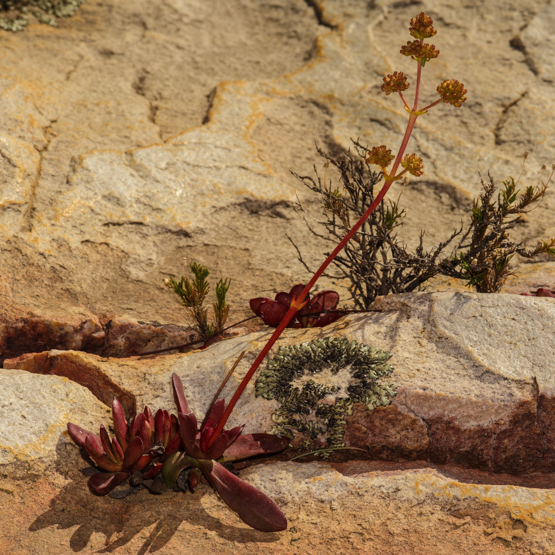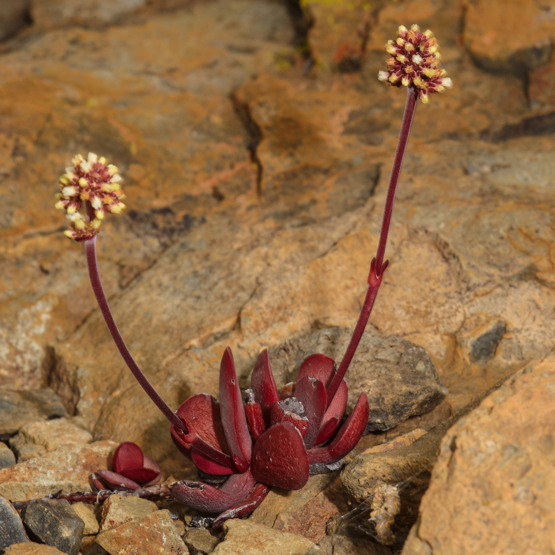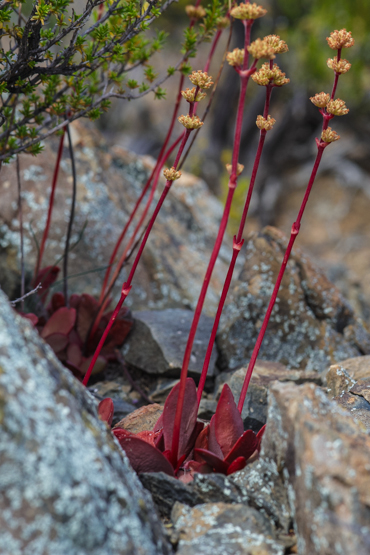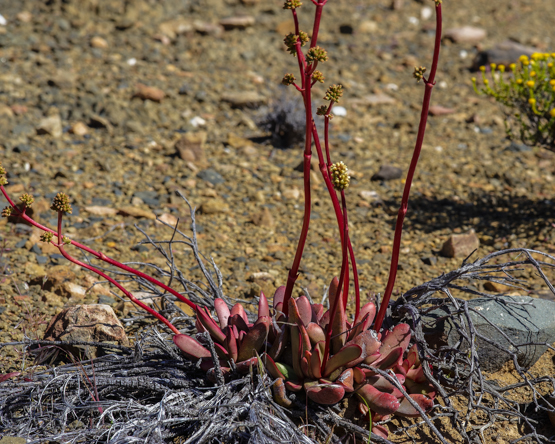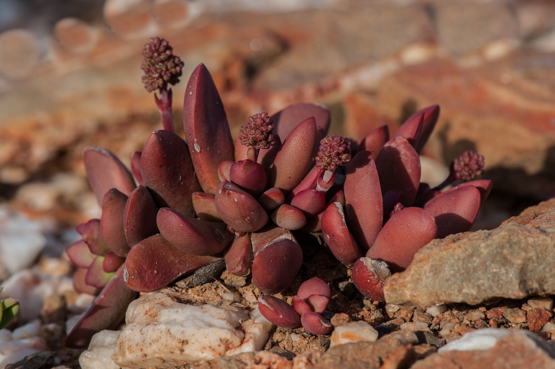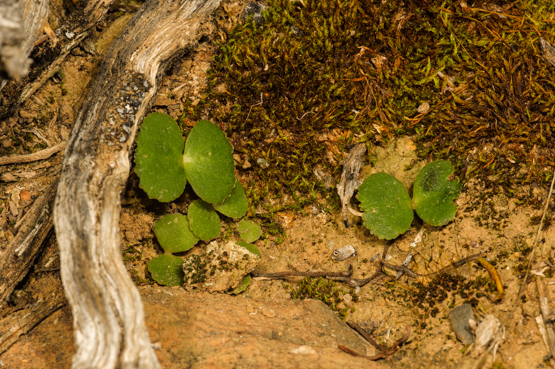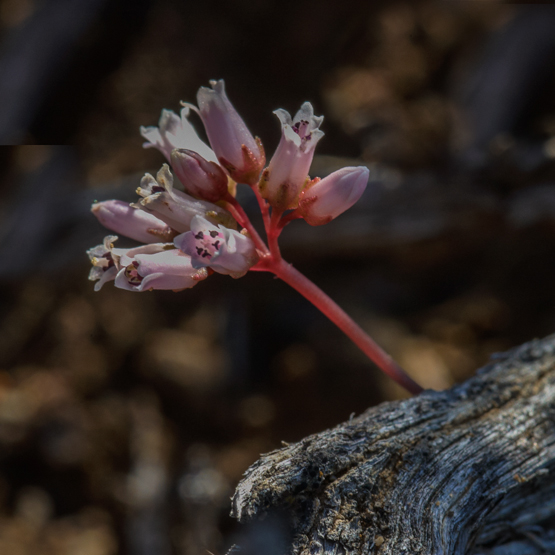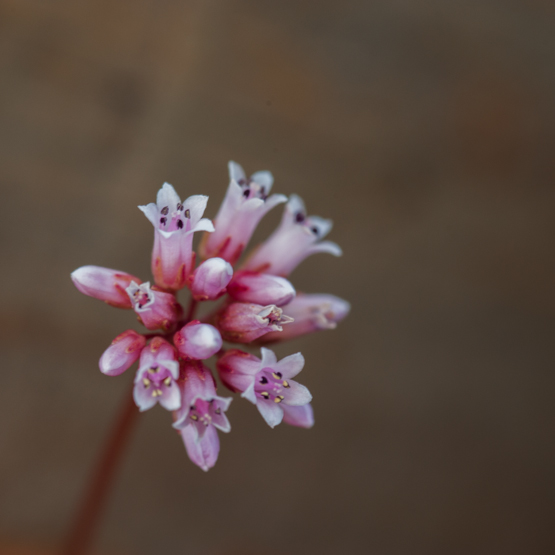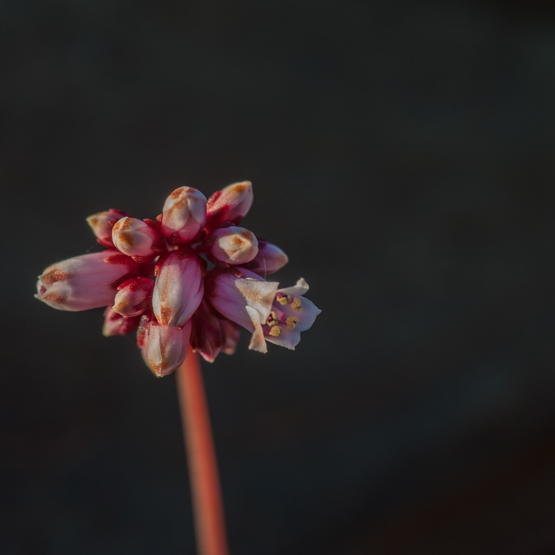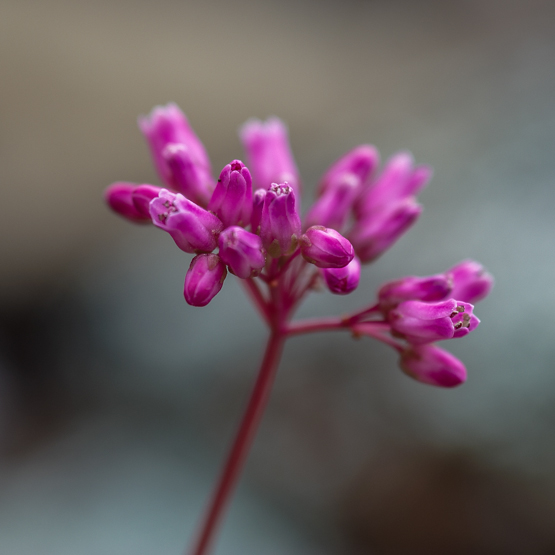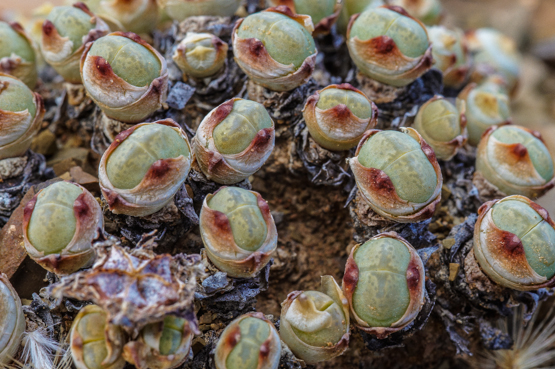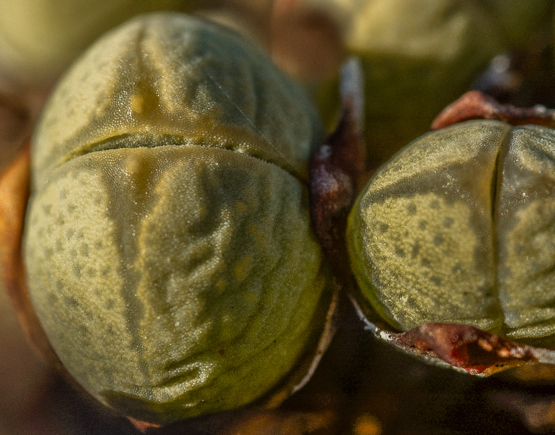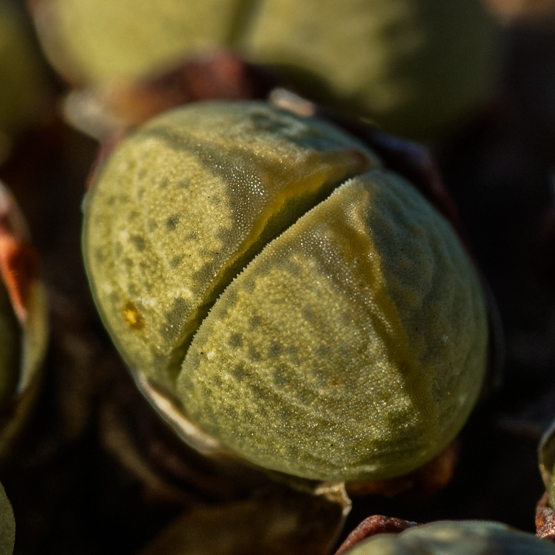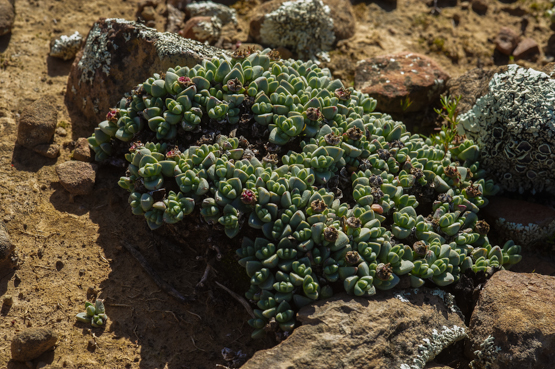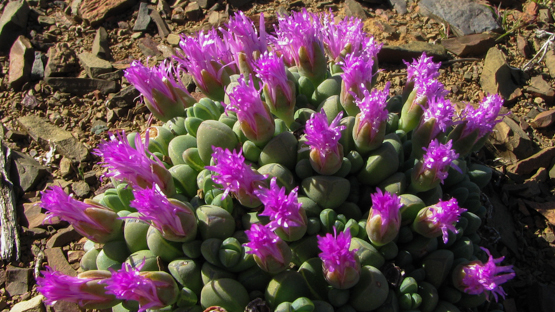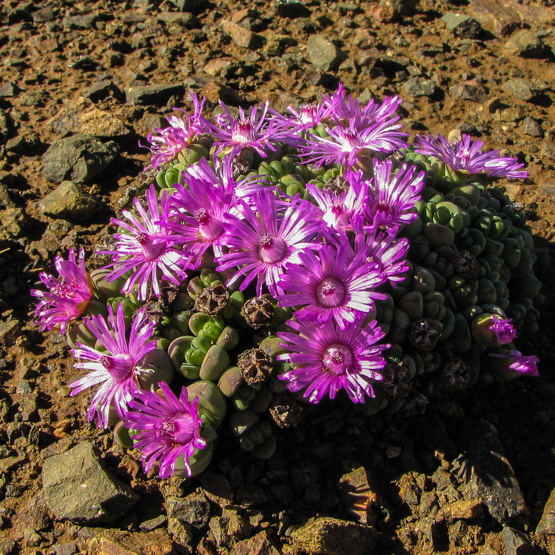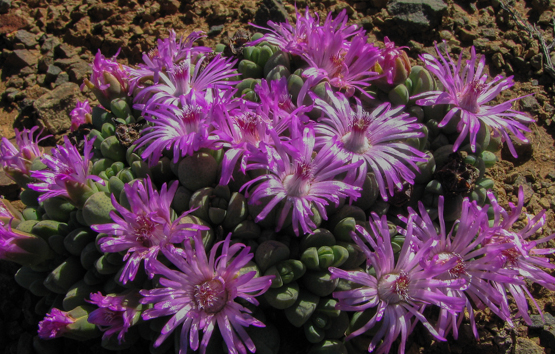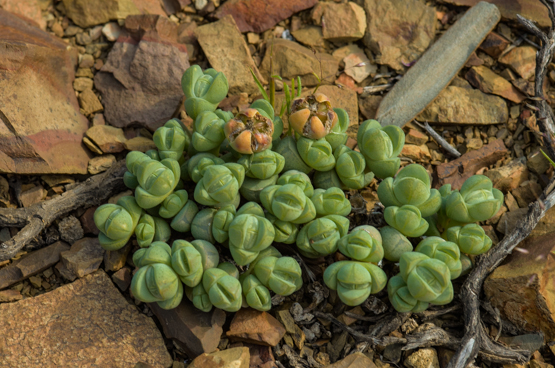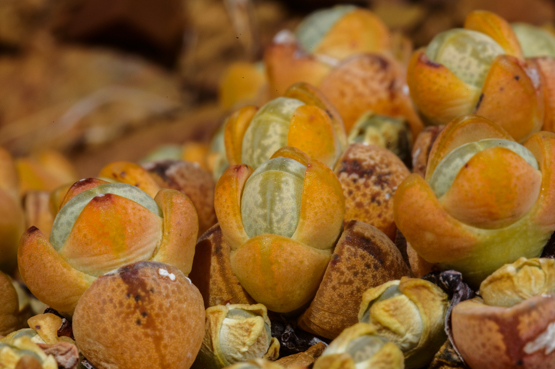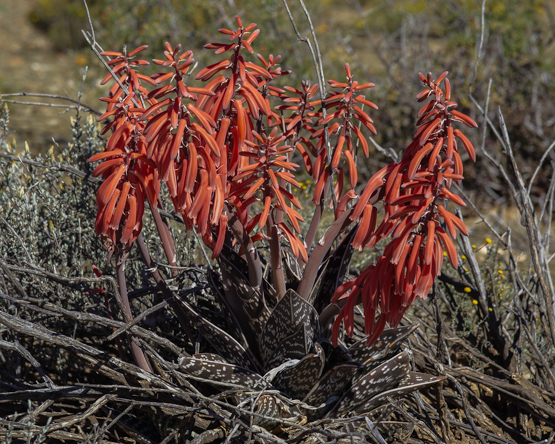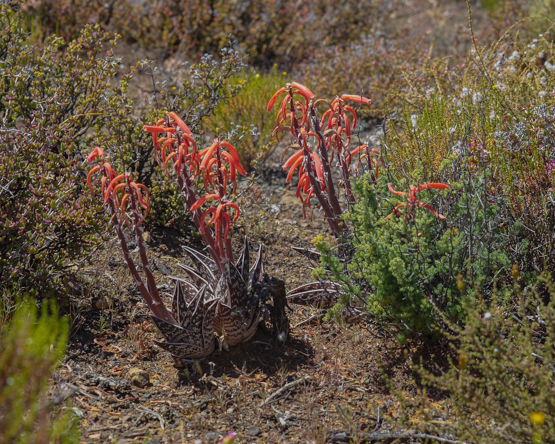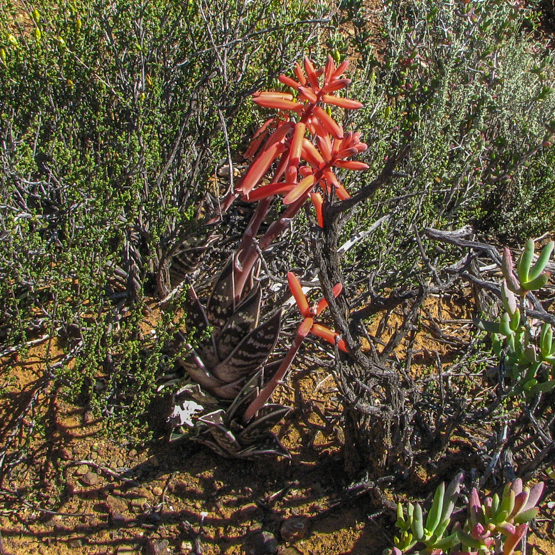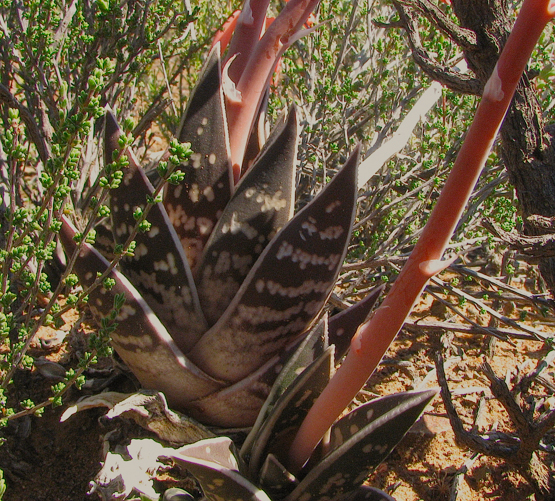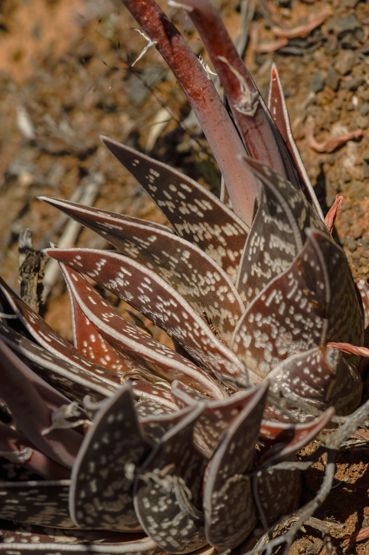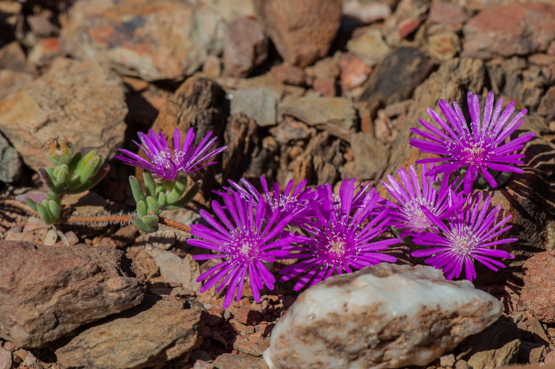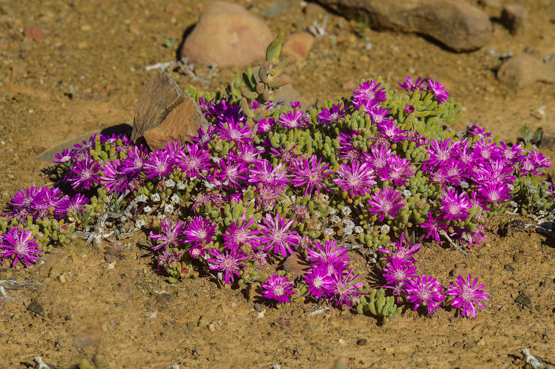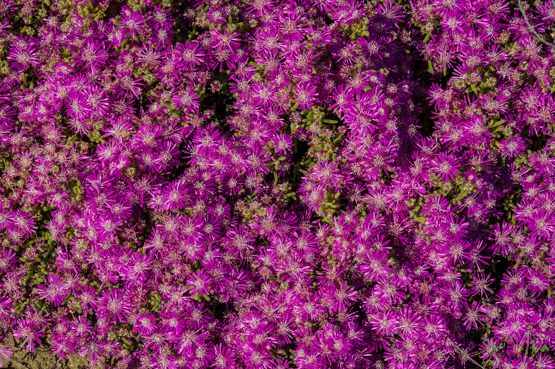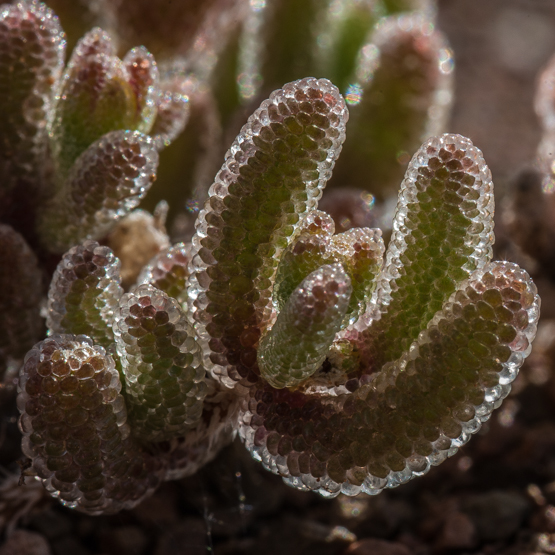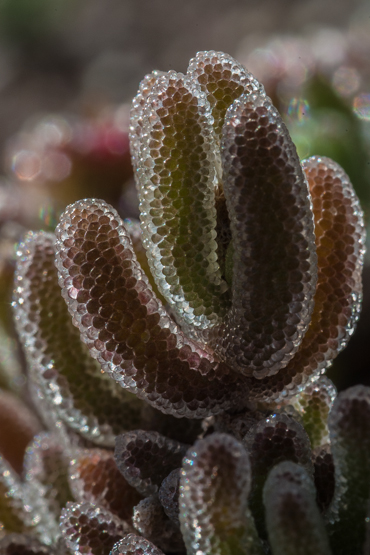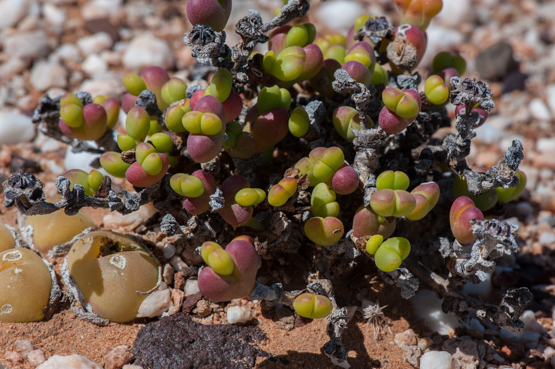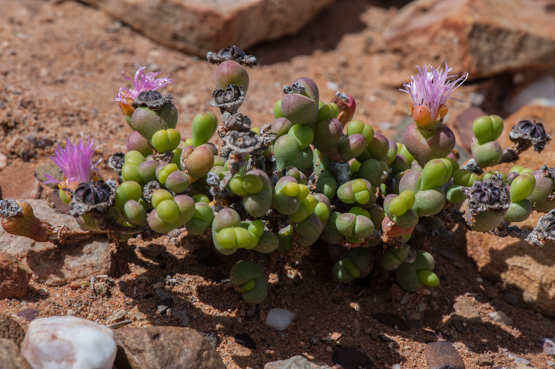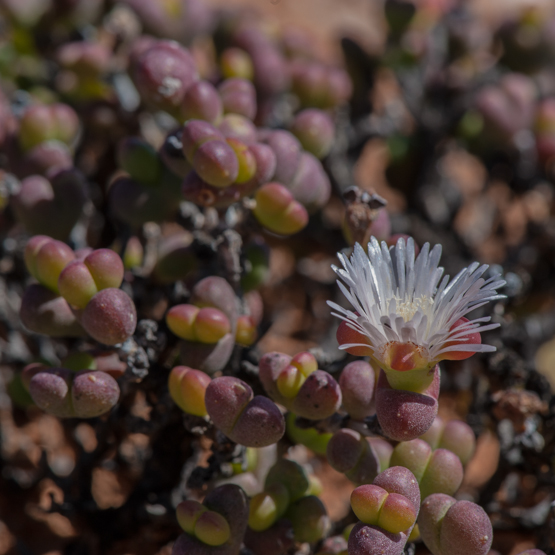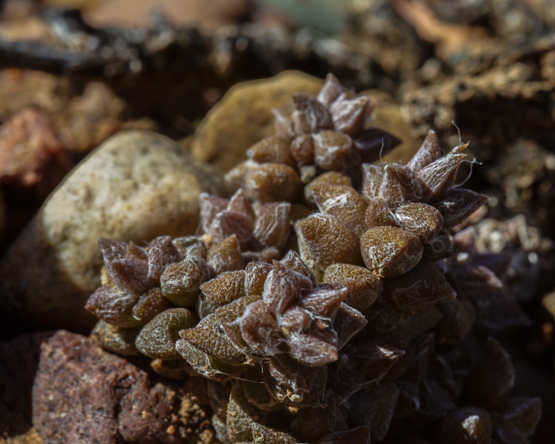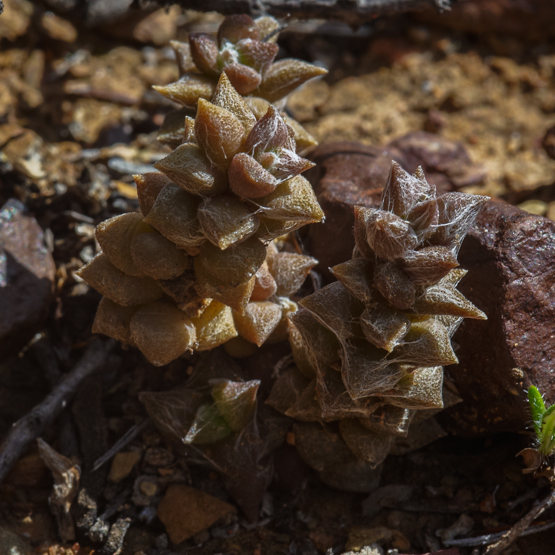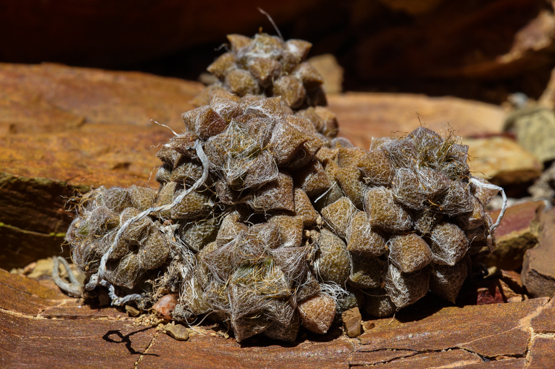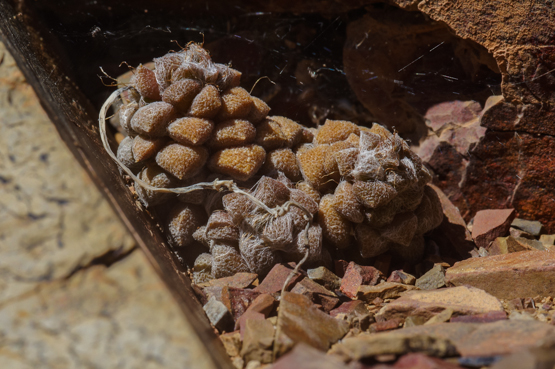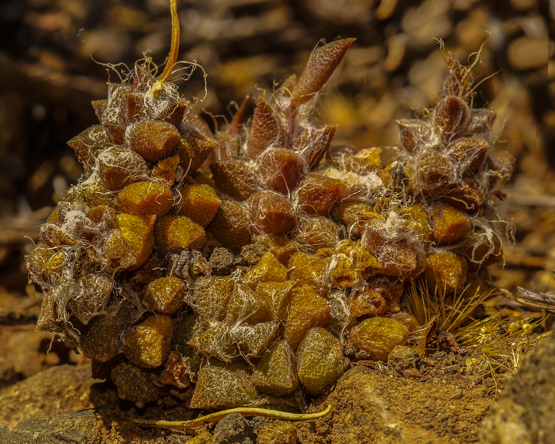For the last 5 months my wife and I have been living in a rented house, waiting for the house we bought to be renovated. Mid November I requested the telephone company for a transfer of service. When I did not hear from them, I telephoned their dreaded 10210 number, where I was told -after waiting for half an hour for one of their consultants- that no, she could not find my request in the system. Only after some pressure she was prepared to “escalate” my request, so that I would not have to wait another 21 working days for a simple transfer. When I phoned beginning of this week to find out what the situation was, I was told -after endless waiting again- that I had been sent an SMS ten days earlier, saying the line would be reinstalled on the sixth of January. Needless to say that I had never received this SMS. Fortunately they resent it to me three times (sic), followed by a text message yesterday morning allowing me to reconfirm the appointment. About an hour after this I got a call on my cell phone from one of their technicians asking if he could come round to do the reconnecting?! Five minutes later he was on my doorstep and a couple of hours later I had a working landline and an internet connection again.
It seems that telephone services in South Africa are about the most expensive in the world. Telkom’s CEO told the press a short while ago that the clients hate the company.
One wonders why.
